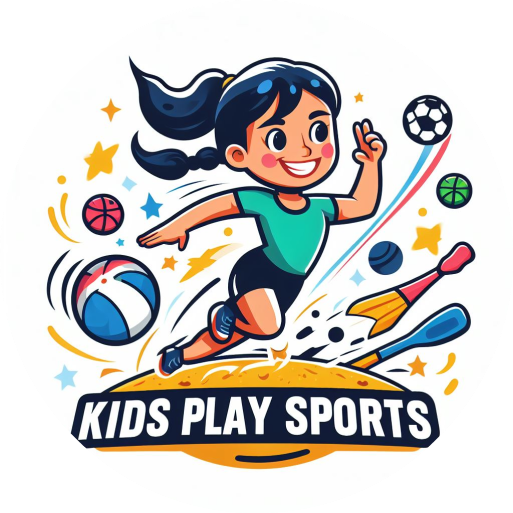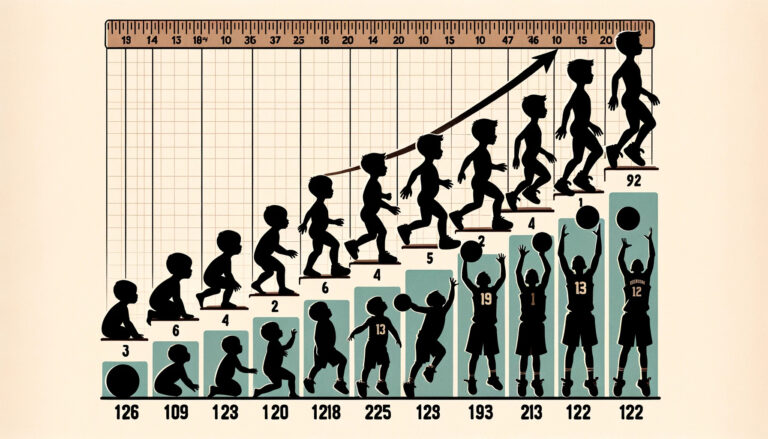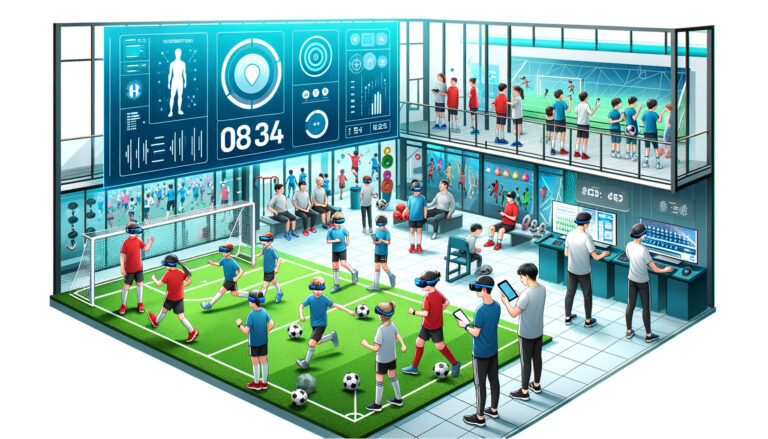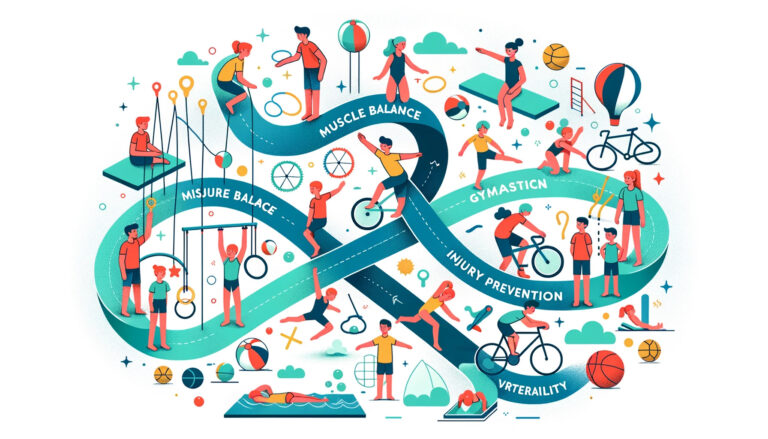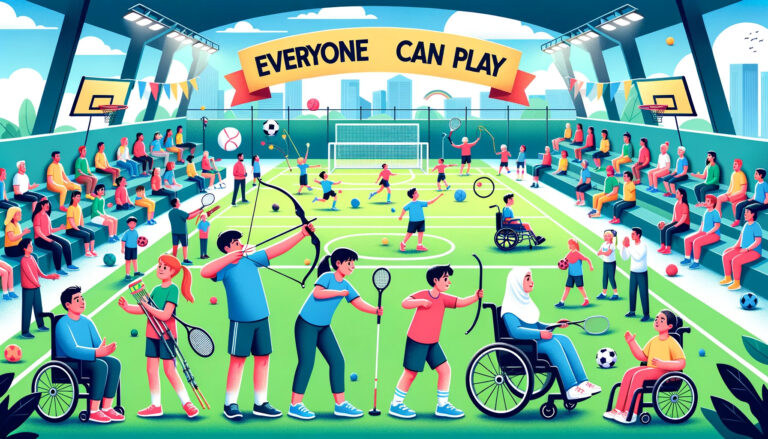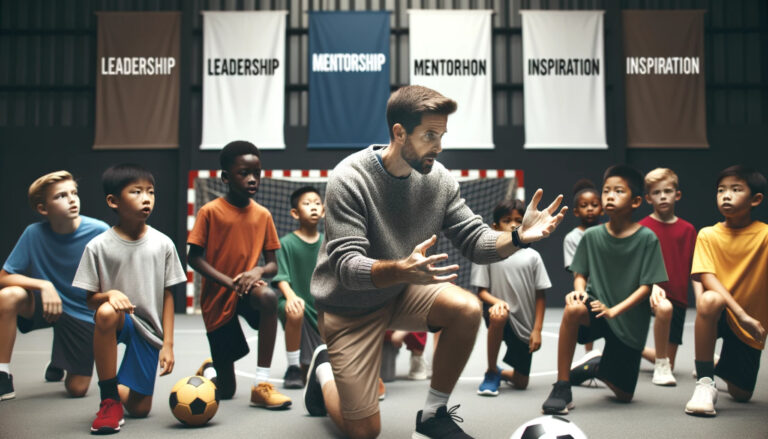The Balance Between Skill Development and Fun in Training Sessions
- The Importance of Rest and Recovery in Young Athletes’ Regimens - October 23, 2023
- Boosting Stamina and Endurance in Young Athletes: Tips and Tricks - October 23, 2023
- The Role of Coaches in Shaping Young Athletes - October 23, 2023
Skill Development: The Foundation of Effective Training Sessions
In order to have effective training sessions, it is crucial to prioritize skill development. Skill development serves as the foundation of any training program because it equips participants with the necessary tools and knowledge to perform their tasks proficiently. Without a strong focus on skill development, training sessions run the risk of becoming irrelevant and ineffective, as participants may struggle to apply what they have learned in a practical setting.
When skill development is prioritized, participants are able to enhance their capabilities and become more confident and competent in their roles. This not only benefits individuals, but also contributes to the overall success of the organization. By fostering a culture of continuous learning and skill development, companies can ensure that their employees are equipped with the latest industry knowledge and are able to adapt to changing trends and technologies. This, in turn, enhances productivity and enables the organization to stay competitive in today’s fast-paced business landscape.
The Importance of Keeping Training Sessions Engaging
Keeping training sessions engaging is essential for maximizing the effectiveness of the learning experience. When participants are actively engaged in the training process, they are more likely to absorb and retain the information being presented. This, in turn, leads to better skill development and enhanced performance in the workplace.
One way to ensure engagement during training sessions is by incorporating interactive activities. These activities can take many forms, such as group discussions, role-playing exercises, or hands-on practical tasks. By actively involving participants in the learning process, trainers can create a dynamic and stimulating environment that fosters active participation and encourages the application of newly learned skills. Moreover, interactive activities promote collaboration among participants, allowing them to learn from each other’s experiences and perspectives. This not only keeps the sessions engaging but also enhances the overall learning outcomes.
Creating a Positive Learning Environment
Creating a positive learning environment is crucial for effective training sessions. When participants feel comfortable and supported, they are more likely to engage actively in the learning process. One way to foster a positive learning environment is by establishing clear expectations from the start. Setting ground rules and outlining desired behaviors helps create a sense of structure and fairness. Additionally, trainers should strive to cultivate a climate of respect and inclusivity, where everyone’s contributions are valued and acknowledged. Encouraging open communication and active listening further enhances the positive atmosphere and promotes a collaborative learning environment.
Another key aspect of creating a positive learning environment is providing ample opportunities for learner participation. Allowing participants to share their thoughts, ideas, and experiences not only enriches the training experience but also empowers individuals to take ownership of their learning journey. Trainers can facilitate this by incorporating group discussions, brainstorming sessions, and interactive activities that encourage active engagement. Moreover, it is essential to create a safe space where individuals feel comfortable taking risks and making mistakes. By embracing a growth mindset and emphasizing the value of learning from failures, trainers can foster an environment that encourages experimentation, exploration, and continuous improvement.
Incorporating Interactive Activities for Skill Enhancement
Incorporating interactive activities into training sessions can greatly enhance skill development. By engaging participants in hands-on experiences, they are able to apply and practice the skills being taught. This type of active learning not only helps reinforce knowledge but also allows individuals to discover their strengths and areas for improvement.
One effective interactive activity is role-playing. This involves assigning participants specific roles and scenarios to act out, simulating real-life situations they may encounter in their field. By immersing themselves in these scenarios, participants can practice their communication, problem-solving, and decision-making skills in a safe and controlled environment. This type of activity not only enhances their understanding of the subject matter but also builds their confidence in applying the skills they have learned. Additionally, incorporating group discussions and collaborative problem-solving exercises encourages participants to share ideas, learn from each other, and develop crucial teamwork skills.
The Role of Feedback in Balancing Skill Development and Fun
Feedback plays a crucial role in achieving a balance between skill development and fun in training sessions. It serves as a powerful tool for trainers to assess the progress of participants and provide necessary guidance for improvement. When delivered effectively, feedback helps individuals understand their strengths and weaknesses, encouraging them to work towards enhancing their skills while enjoying the training process.
Positive feedback reinforces the participant’s motivation and builds their confidence. By acknowledging their achievements and highlighting areas where they excel, trainers can create a supportive and encouraging learning environment. On the other hand, constructive feedback is equally important in identifying areas for improvement. It helps participants understand their weaknesses and provides specific guidance on how to enhance their skills. By offering clear and actionable suggestions, trainers can ensure that the training sessions remain focused on skill development while still maintaining an enjoyable and engaging atmosphere.
Maximizing Fun through Gamification in Training Sessions
Gamification is a powerful tool that can be used to maximize fun during training sessions. By incorporating elements of competition and rewards, participants are more likely to engage and actively participate in the learning process. For example, trainers can introduce game-like challenges or quizzes to reinforce key concepts and encourage healthy competition among participants. This not only adds an element of excitement to the training sessions but also motivates individuals to strive for personal improvement. Furthermore, gamification can help create a sense of accomplishment and satisfaction when participants are able to complete challenges or earn points, enhancing their overall experience and making the training sessions more enjoyable.
Additionally, gamification allows trainers to cater to different learning styles and preferences. By utilizing a variety of interactive and immersive activities, participants are able to learn through hands-on experiences and apply their skills in a practical manner. This promotes active learning and ensures that individuals are not only retaining information but also practicing and refining their skills. Whether it’s through team-based games or individual challenges, gamification provides a dynamic and engaging environment that encourages participants to explore and develop their skills further. As a result, participants are more likely to stay focused and motivated throughout the training sessions, ultimately enhancing their learning outcomes.
Utilizing Technology for Skill Development and Engagement
Incorporating technology into training sessions can greatly enhance skill development and engagement. With the advent of various digital tools and platforms, trainers now have the opportunity to create interactive and immersive learning experiences. For instance, virtual reality (VR) simulations can be utilized to provide hands-on practice in a safe and controlled environment. This technology allows trainees to fully immerse themselves in realistic scenarios, improving their decision-making skills and enhancing their overall performance.
Furthermore, online learning platforms and mobile applications offer flexibility and convenience, allowing trainees to access training materials and resources at any time and from anywhere. These technology-driven tools provide opportunities for self-paced learning, enabling individuals to learn at their own speed and revisit concepts as needed. Additionally, incorporating multimedia elements such as videos, interactive quizzes, and gamified assessments can make the learning experience more engaging and enjoyable for trainees, keeping them motivated and interested in skill development. By harnessing the power of technology, trainers can create dynamic and effective training sessions that cater to the diverse learning needs of participants, fostering skill enhancement and active engagement.
Integrating Team Building Exercises into Training Sessions
Team building exercises are an essential component of effective training sessions. These exercises aim to foster collaboration and enhance communication among participants. By integrating team building activities into training sessions, individuals can develop important skills such as problem-solving, leadership, and conflict resolution. These exercises also create a sense of camaraderie among participants, encouraging teamwork and a positive learning environment. Additionally, team building exercises inject energy and enthusiasm into training sessions, making them more engaging and memorable for participants.
Strategies for Balancing Skill Development and Fun in Different Training Formats
In order to effectively balance skill development and fun in different training formats, trainers need to consider a few key strategies. First and foremost, it is important to create a clear and structured curriculum that outlines the specific skills to be developed during the session. This will provide a foundation for the training and ensure that participants are actively working towards specific goals.
Additionally, trainers should incorporate interactive activities and group exercises into their training sessions. These activities not only make the learning process more engaging and enjoyable, but they also provide opportunities for participants to practice and apply their newly acquired skills in a collaborative setting. By fostering a sense of teamwork and camaraderie, trainers can create a positive learning environment that encourages skill development while also incorporating an element of fun.
Measuring Success: Evaluating Skill Development and Fun in Training Sessions
Evaluating skill development and fun in training sessions is crucial to measure the effectiveness of the program and identify areas of improvement. One way to assess skill development is through quantitative measures, such as pre and post-training assessments or performance evaluations. These assessments provide concrete data on how much participants have improved in specific skills or knowledge areas. Additionally, qualitative feedback from participants can also be valuable in understanding their learning experience and identifying any gaps in the training content or delivery.
Measuring fun in training sessions is a bit more subjective, as it involves capturing the participants’ level of engagement and enjoyment throughout the program. One approach is to incorporate surveys or questionnaires that ask participants to rate their fun levels during different activities or exercises. Another method is to observe participants’ facial expressions, body language, and overall level of enthusiasm during the training sessions. By combining both quantitative and qualitative data, trainers and facilitators can get a comprehensive understanding of the effectiveness of the training program and make necessary adjustments to enhance both skill development and enjoyment for future sessions.
